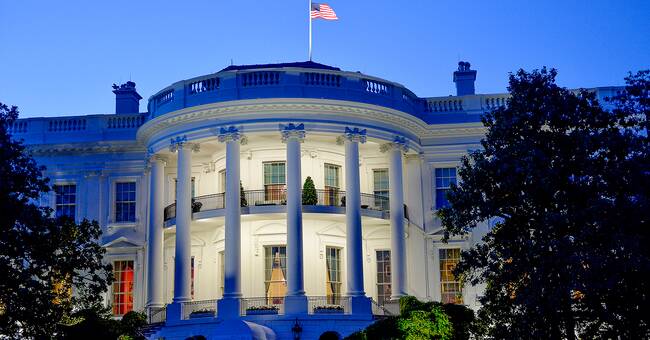November 23: Last postal votes
Postal votes must be stamped no later than election day 3 November to be counted.
In most states, they must also be present no later than a day after the election, but in the state of Washington they are allowed to enter as late as November 23.
This is the last day that a US state can receive votes from voters.
December 8: Everything counted
No matter how even it gets in the presidential election, all votes must be counted and all disputes investigated before 8 December.
Any recalculations must be completed and the electoral votes distributed.
The date is called safe harbor - and if there are any question marks left after that, the disagreements will go to the Supreme Court, which will have the final say.
December 14: Electors vote
The first Monday after the second Wednesday in December, the electoral votes will be cast.
This year, this falls on 14 December.
In most states, all electors are required to vote for the candidate who received a majority of the votes, whether he or she received 51 percent or 100 percent.
The votes are then sent to Washington.
December 23: Electoral votes for the capital
The electorate has nine days to arrive in Washington DC.
This year, they must arrive no later than 23 December.
January 3: New Congress
In connection with the presidential election, American citizens also voted for a new congress.
The new congress is sworn in on January 3.
This will be the 117th in a row.
January 6: Congress convenes
Congress convenes to count electoral votes and determine who will be the new president.
The electoral votes are read out and counted in alphabetical order by two representatives each from the House of Representatives and the Senate.
After that, the result will be passed on to the Senate chairman - right now Mike Pence - who will announce who will be president.
January 20: President is sworn in
At 12 noon on January 20, the president will be sworn in for a new term.

